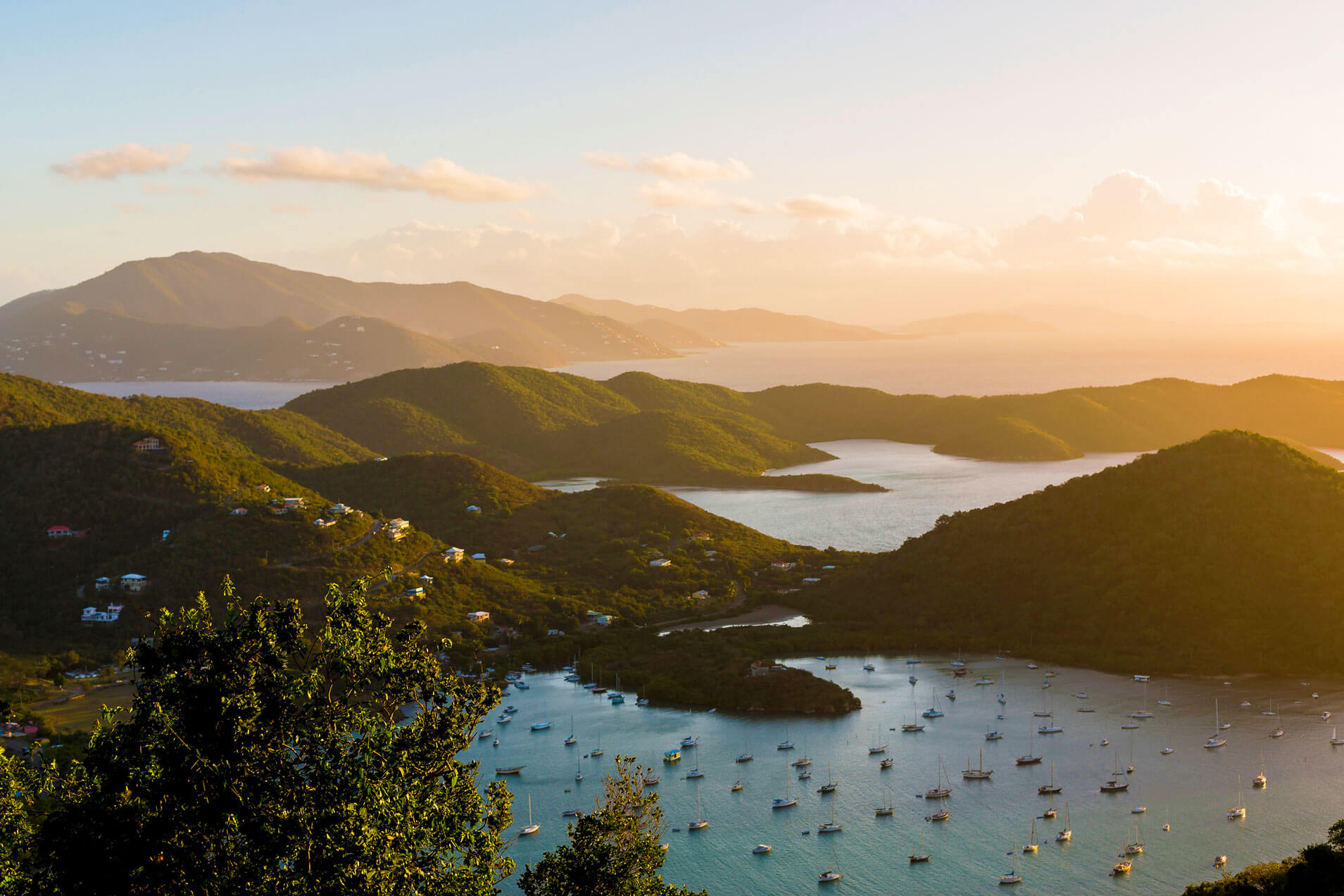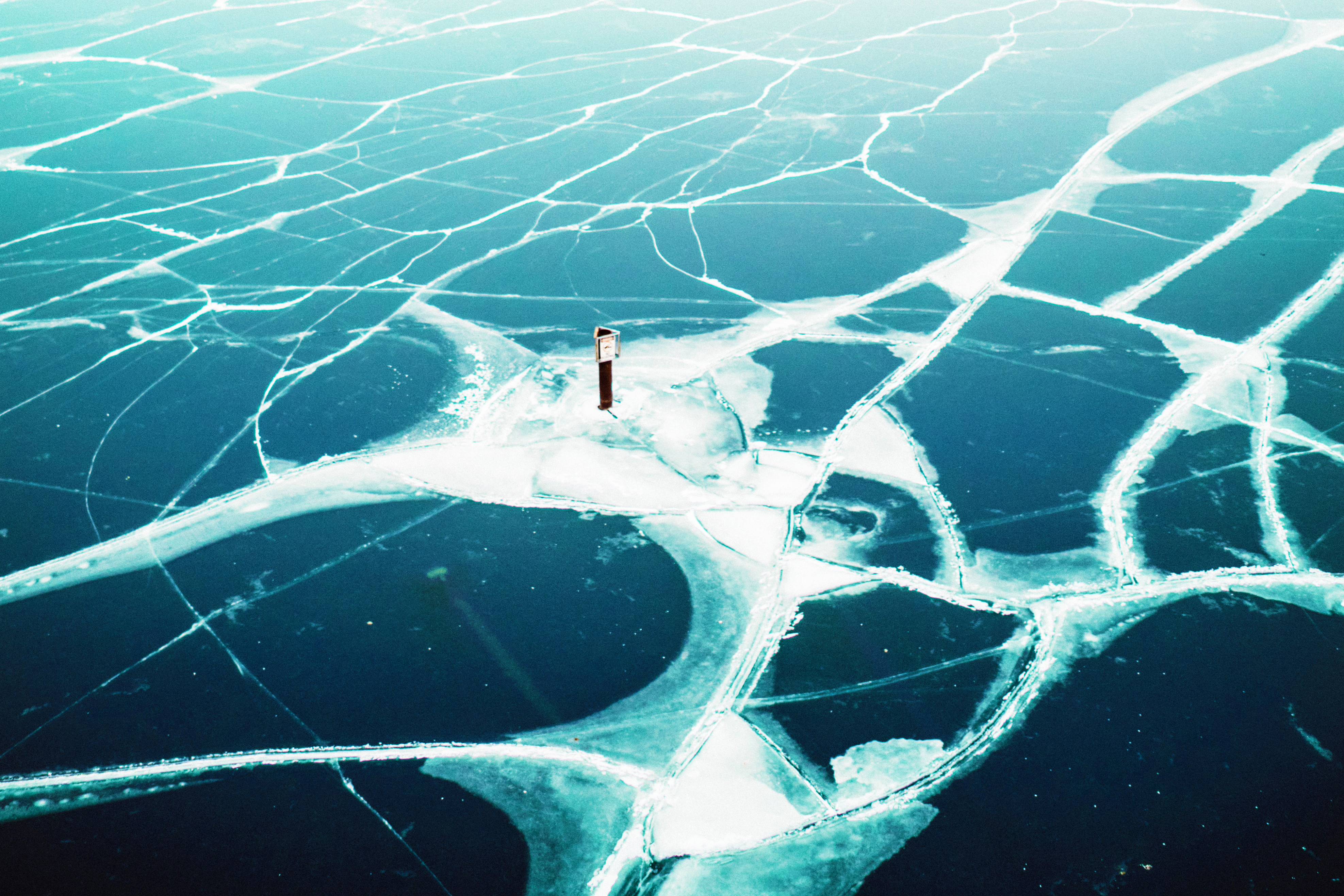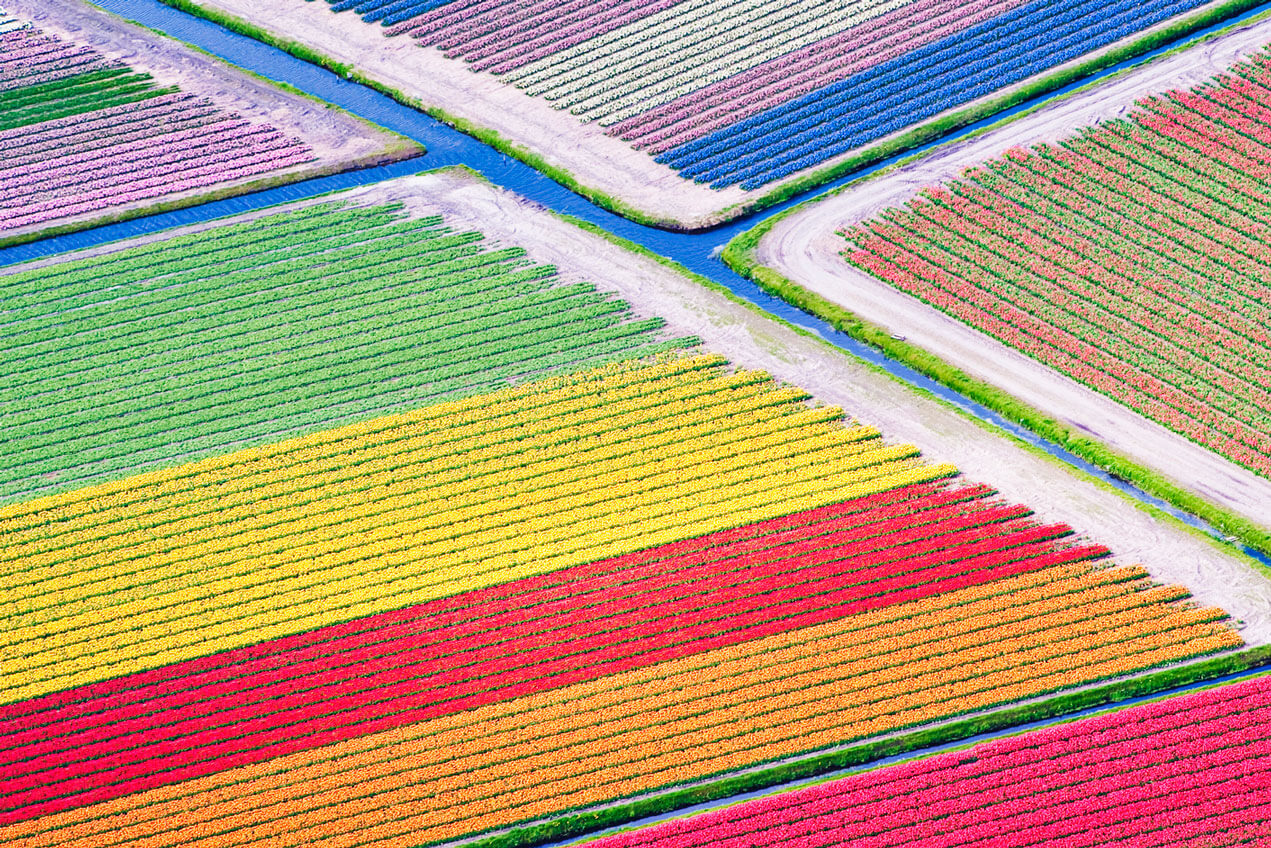1/1 Oops. Incorrect.
0%
0pts Earned
0/1correct
20/20
Which Chinese province is NOT a native habitat for pandas?
In the wild, the giant panda lives only in the bamboo forests of mountainous central China. The panda was once more widespread, but today their wild habitat is limited to 20 isolated patches of forest, mostly in the Sichuan provinces, but also in neighboring provinces of Shaanxi and Gansu. There are several centers and sanctuaries dedicated to the research and breeding of giant pandas in Sichuan province, near Chengdu.
Source: World Wildlife FundHainan
26%
Shaanxi
20%
Sichuan
28%
Gansu
26%
19/20
What was the first country to start protecting great white sharks?
In 1991, South Africa became the first country to grant legal protection to the majestic apex predators; ever since, it has been a major destination for shark-related ecotourism. Other countries have followed suit in protecting the species, but preservation of great whites is still a major concern for scientists and environmental researchers. The World Wildlife Fund currently lists great whites as a vulnerable species.
Source: Save Our SeasAustralia
50%
United States
29%
South Africa
19%
Indonesia
2%
18/20
Which of these countries is known to be the home of a rare black flamingo?
Found by the salt lakes of the Akrotiri Environmental Center in Cyprus, the black flamingo isn't considered a different species from your typical pink flamingo, but it does have a genetic condition that makes it produce more melanin, which in turns makes its feathers much darker. Only one other place in the world can claim to be the home of a black flamingo — a photographer spotted one in Israel in 2013.
Source: National GeographicRomania
16%
Mexico
21%
Cyprus
61%
Iceland
2%
17/20
Which African country is home to the largest lion population?
At the beginning of the 19th century, the global population of lions totaled more than 200,000. Today, there are estimated to be around 25,000 across 28 African countries, and another 500 in India. Protections for lions vary from country to country, but Tanzania has had the largest success. About 40% of all lions in Africa live in the country, which has an abundance of protected wildlife parks.
Source: National GeographicSouth Africa
16%
Tanzania
47%
Uganda
14%
Zambia
23%
16/20
Where can you find the world’s largest butterfly?
Venture to the coastal rainforests of eastern Papua New Guinea to find the Queen Alexandra Birdwing, also known as the Birdwing Butterfly. Named for the wife of King Edward VII of England, the wingspan of females can reach nearly a foot wide, up to 50% larger than the more colorful males, and nearly 11 inches wider than an average butterfly.
Source: Scientific AmericanPapua New Guinea
57%
Brazil
32%
Tanzania
8%
Laos
2%
15/20
Besides the U.S., what is the only other country alligators are native to?
It's easy to mix up alligators and crocodiles, but alligators are far less common, largely because they stick to freshwater as opposed to the sea. Alligators are native to only two countries: America and China. In fact, each country has their own species of alligator. The Chinese alligator tends to be smaller than its American counterpart.
Source: Live ScienceChina
23%
Venezuela
37%
Australia
29%
Madagascar
11%
14/20
What is the only mammal native to Iceland?
While Iceland is famous for its otherworldly geological formations, its native wildlife is a different story. In fact, it only has one native land mammal: the arctic fox, a mammal that came to the island way back in the last ice age, navigating on foot across the frozen sea to Iceland. A number of “Icelandic” mammals on the island were brought over and domesticated by settlers, including Icelandic sheep and Icelandic horses.
Source: Visit IcelandArctic fox
49%
Icelandic sheep
19%
Puffin
21%
Icelandic horse
11%
13/20
Which country is home to some of the only remaining wild orangutans?
Although the orangutan once had a historic range throughout large parts of Indochina, it can now only be seen in the wild — if you’re lucky — on two islands: Sumatra, in Indonesia, and the Malaysian part of Borneo. An estimated 14,000 of the great apes still exist on Sumatra, and about 105,000 live on Borneo.
Source: World Wildlife FoundationThailand
16%
Indonesia
60%
Laos
15%
Philippines
10%
12/20
On which continent can you find the pudu, the world’s smallest deer?
Native to South America, the pudu is the world’s smallest deer species. There are actually two species of pudu: Northern pudu are found in Colombia, Ecuador, Peru, and Venezuela, while southern pudu are more rare and found only in southern Chile and southwestern Argentina. A full-grown pudu stands only about 12 to 18 inches tall, and a newborn fawn weighs less than three pounds at birth.
Source: World AtlasAfrica
32%
South America
40%
Australia
17%
Europe
10%
11/20
What island is home to nearly half of the world’s chameleon species?
Most of the plant and animal life on Madagascar can be found nowhere else on Earth. Chameleons are no different — the island nation off the southeastern coast of Africa is home to over half of the world’s 200-plus chameleon species. And that number only continues to grow; three new chameleon species were identified on the island as recently as 2018.
Source: World Wildlife FundBorneo
21%
Honshu
3%
Tasmania
14%
Madagascar
63%
10/20
What country has the highest number of bird species?
With more than 1,800 species of avian creatures, Colombia is a bird-watcher’s paradise. The country’s biodiversity is a result of its wide variety of ecosystems, which include tropical forests in the Amazon, the Andes and Sierra Nevada mountains, grasslands, and islands. Ninety-one of these bird species are endemic to the South American nation, meaning they are found only there.
Source: MongabayIndonesia
40%
Australia
11%
Colombia
40%
United States
10%
9/20
Which of these animals would you NOT find in Antarctica?
Though they are associated with frigid, snow-covered landscapes like that of Antarctica, polar bears only live within the Arctic Circle, on the opposite end of the globe. The largest bear species and largest carnivore on land, the polar bear is also the only bear that does not hibernate in the winter, as cold is the species' natural habitat.
Source: Live SciencePenguin
9%
Polar bear
56%
Petrel
27%
Seal
8%
8/20
San Francisco's Telegraph Hill is famously home to what wild animals?
The flock of wild parrots on Telegraph Hill has lived there since around 1990, when a pair of cherry-headed conures (a parrot species) either escaped or were released into the wild. Though originally from Ecuador and Peru, the parrots have found the San Francisco trees to their liking, particularly the date palms. Though the parrots are most associated with Telegraph Hill, they’re now found all over the city.
Source: Atlas ObscuraBald eagles
38%
Chimpanzees
4%
Gray wolves
6%
Parrots
52%
7/20
Where can you find the only freshwater seals in the world?
The vast majority of seals are found in the world’s oceans, but only one species lives exclusively in freshwater — the Baikal seal. The species is endemic to the massive lake of the same name in Siberia, Russia. The seals survive in their freshwater environment by eating thousands of tiny marine crustaceans using comblike teeth similar to whales’ baleen.
Source: TreehuggerLake Superior, Canada
23%
Lake Baikal, Russia
56%
Lake Erie, USA
5%
Lake Titicaca, Peru
16%
6/20
New Zealand has more species of what animal than any other country?
Although many people associate penguins with Antarctica, New Zealand can actually be considered the world’s penguin capital. There are 19 species of living penguins on the planet, and nine of them breed in New Zealand and its territories — more than any other country. Penguins may have actually originated in New Zealand, with the first and oldest penguin fossils discovered in the South Pacific island nation.
Source: Encyclopedia of New ZealandSheep
38%
Bats
42%
Parrots
10%
Penguins
9%
5/20
What is the loudest land animal in the world?
Although sperm whales have the loudest call in the world, the howler monkey emits the loudest sound of any animal on land. Living in the rainforests of Central and South America, a howler monkey can make sounds that reach up to 140 decibels and can be heard from three miles away.
Source: World AtlasAfrican elephant
24%
Hyena
13%
Howler monkey
60%
Bulldog bat
3%
4/20
Maryland and Virginia’s Assateague Island is famous for what animals?
Wild horses have roamed 37-mile-long Assateague Island in the Chesapeake Bay for hundreds of years. No one is sure how exactly the horses ended up here, but local legend says that they swam to the island after surviving a shipwreck. Other experts have a somewhat less exciting theory: The horses were brought to Assateague from the mainland to avoid taxation and left there.
Source: National Park ServiceZebras
1%
Giraffes
1%
Wild horses
88%
Proboscis monkeys
10%
3/20
Which country has no native land mammals except bats?
Before humans arrived, New Zealand’s islands belonged mostly to native birds, many of which remained flightless because of the lack of predators. (Case in point: New Zealand's national bird, the kiwi.) Unfortunately, many native birds are now extinct or at risk — in part because of rodents and other mammals introduced to the region by humans, including rats, weasels, and possums.
Source: CNNMorocco
20%
New Zealand
33%
Mongolia
34%
Japan
13%
2/20
Where can you swim with wild pigs?
Big Major Cay, an uninhabited island in the Exumas, is home to dozens of pigs who are happy to share the aquamarine waters. It's not entirely clear how the pigs ended up there — perhaps shipwrecks or pirates — but in any case, the pigs have become wildly popular. They drive an estimated 50% of tourism in the Exumas.
Source: Travel + LeisureThe Bahamas
48%
Louisiana, USA
15%
The Virgin Islands
20%
Panama
17%
1/20
Which of these animals outnumbers humans in Australia?
Kangaroos are a national symbol of Australia — and they’re everywhere you look. There are an estimated 50 million kangaroos living on the continent, outnumbering the human population of Australia by about a 2-to-1 ratio. Unfortunately, not everyone is a fan of the marsupials — they are considered pests that damage crops and also compete with livestock for limited resources.
Source: National GeographicKangaroo
62%
Koala
9%
Platypus
2%
Dingo
28%
Play Quizzes By Category
Play A Trending Quiz
Trending, related and recent quizzes you may be interested in







